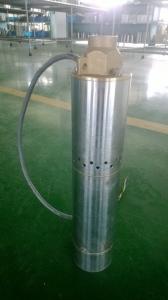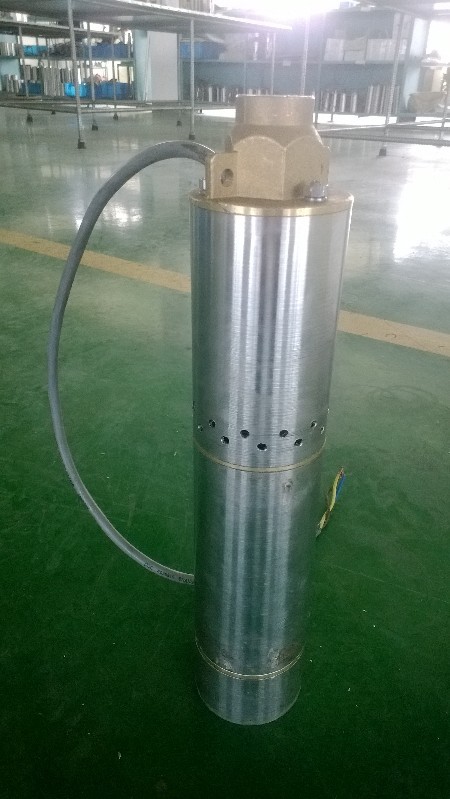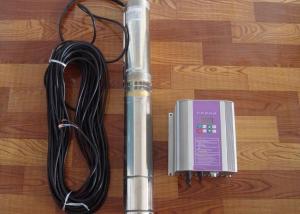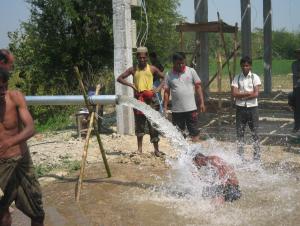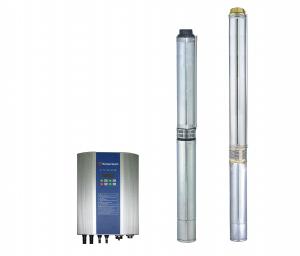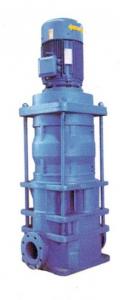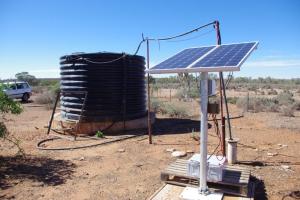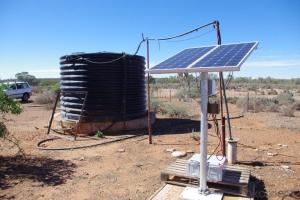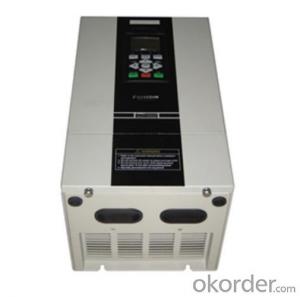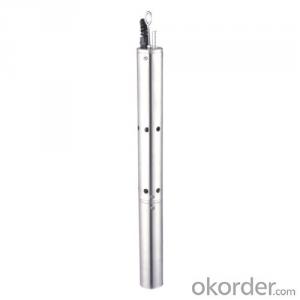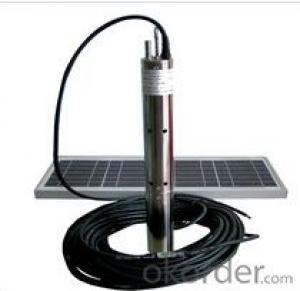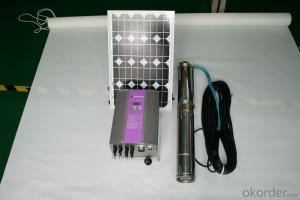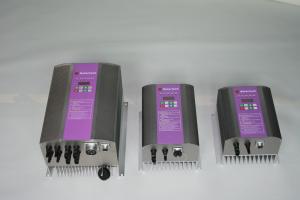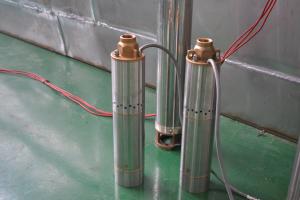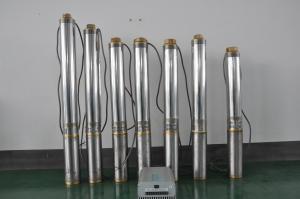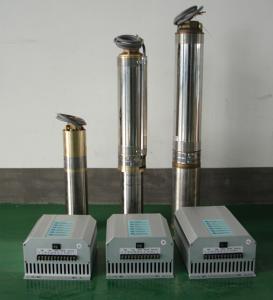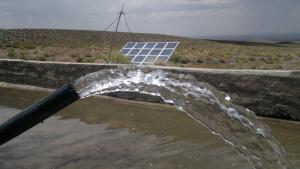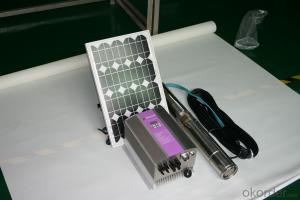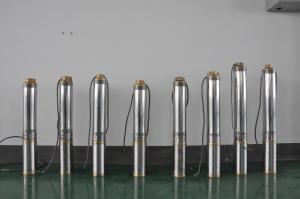Solar Pump Inverter for New Solar Water Pump with Helical Screw
- Loading Port:
- Shanghai
- Payment Terms:
- TT OR LC
- Min Order Qty:
- -
- Supply Capability:
- 300 set/month
OKorder Service Pledge
Quality Product, Order Online Tracking, Timely Delivery
OKorder Financial Service
Credit Rating, Credit Services, Credit Purchasing
You Might Also Like
how is the rotor made:
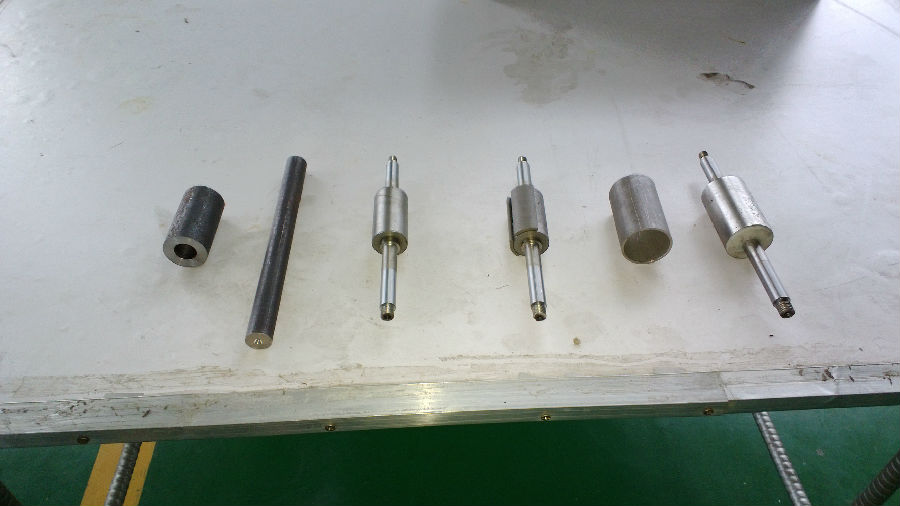
how is the motor made:
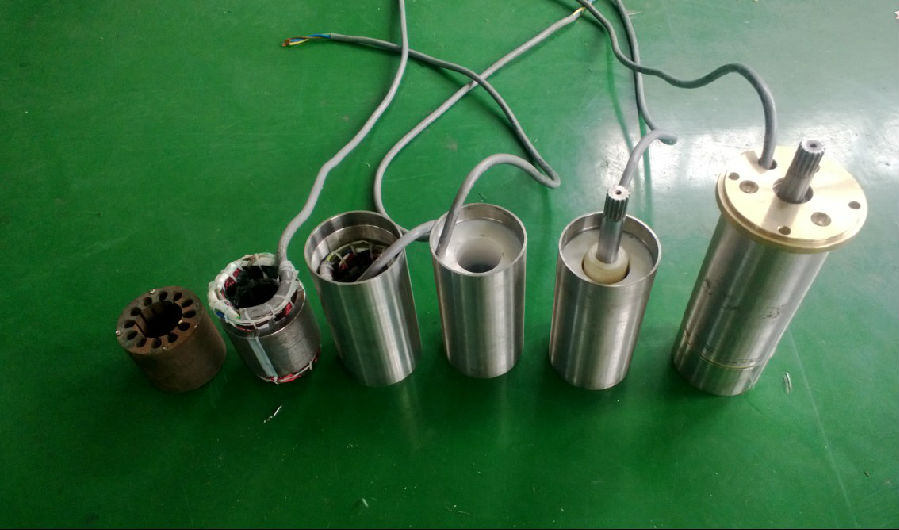
the pump :
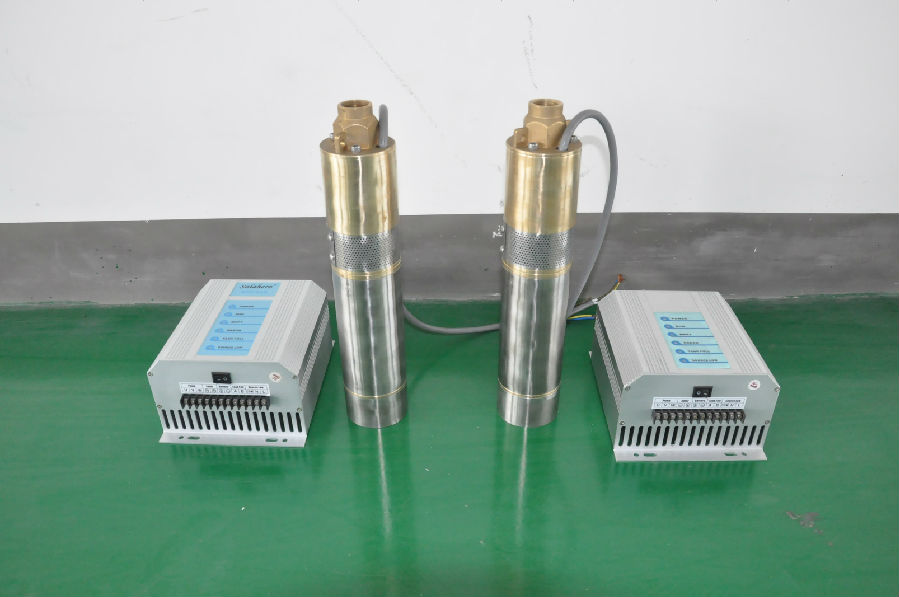
controller terminal connection:
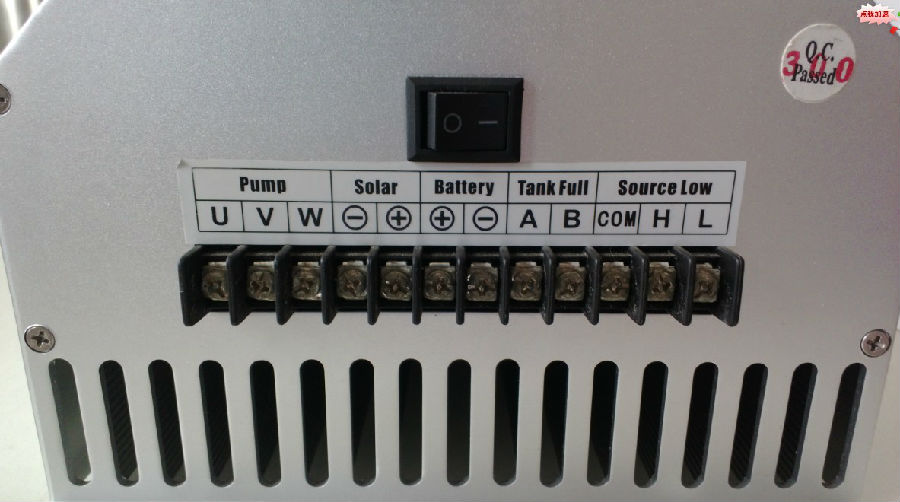
The permanent magnet:
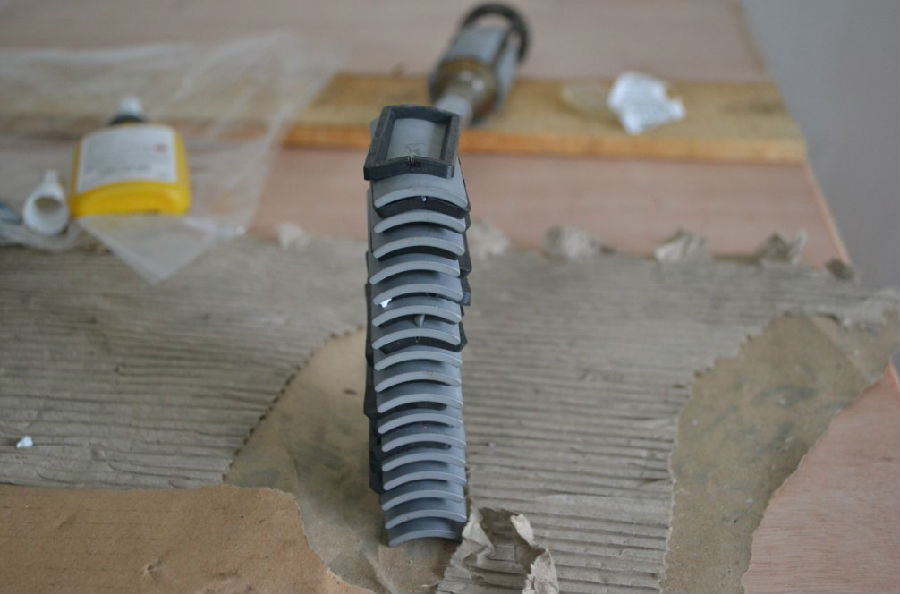
the helical screw:

controller box:

the senors:

the test:
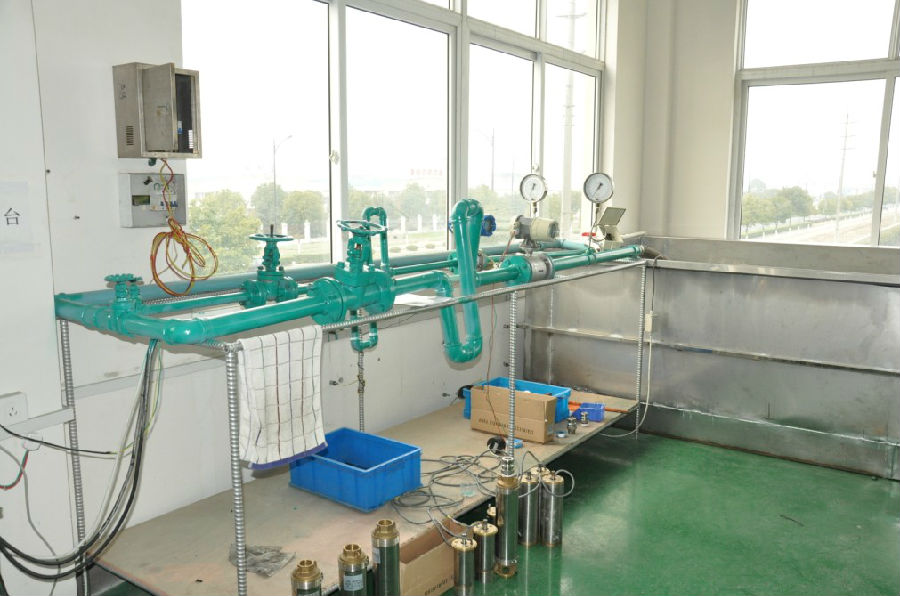
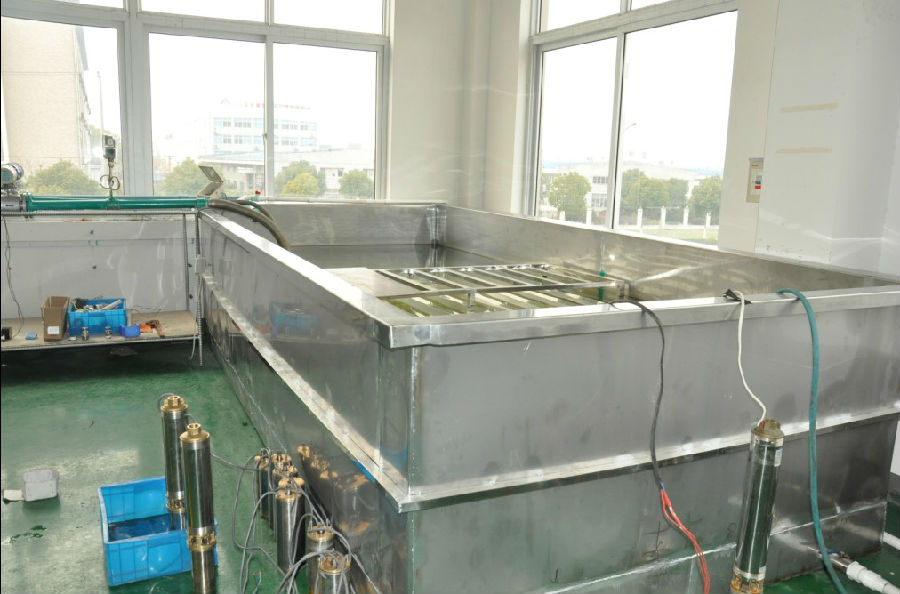
the application:
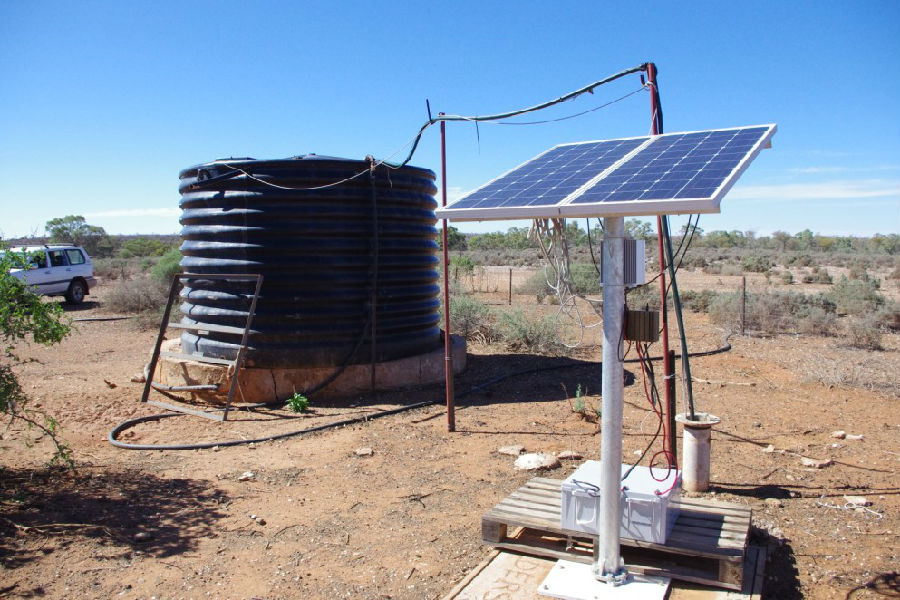
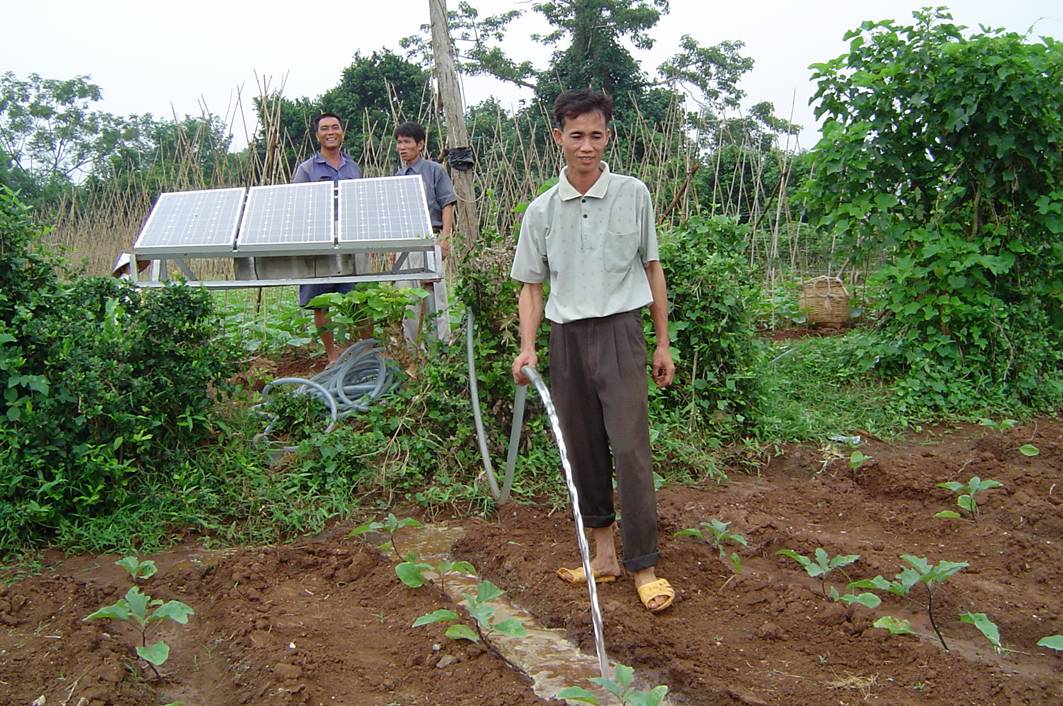
the package:


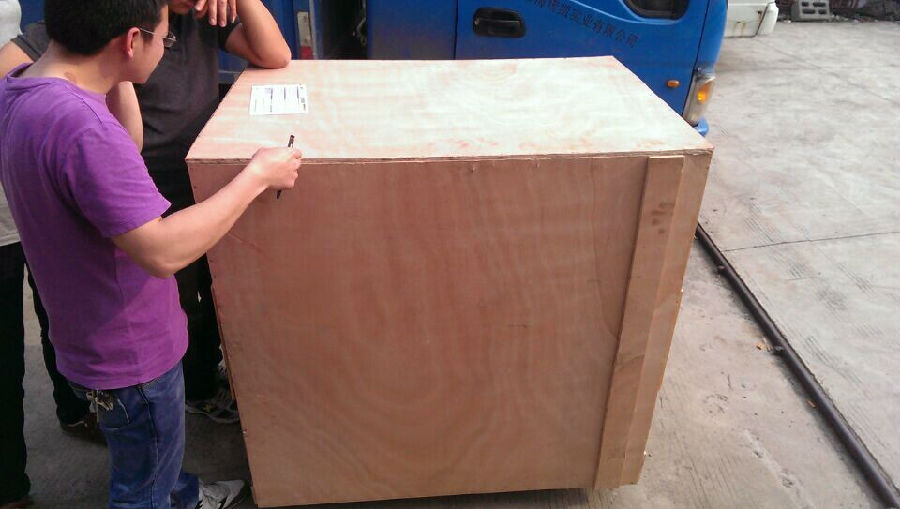
- Q: How long does a solar pump typically last?
- A solar pump typically lasts for about 20 to 25 years, depending on the quality of the equipment, maintenance, and environmental conditions.
- Q: Can a solar pump be used for fountains and decorative water features?
- Indeed, fountains and decorative water features can indeed utilize a solar pump. These pumps are specifically engineered to function by harnessing the power of the sun, rendering them an environment-friendly and cost-efficient alternative for energizing water features. Typically, these pumps consist of a solar panel, which absorbs sunlight and converts it into electricity, alongside a pump that facilitates water circulation. They come in a variety of sizes and capacities to accommodate diverse fountain and water feature dimensions. Furthermore, solar pumps frequently incorporate battery backup systems, ensuring their functionality even during overcast days or nighttime. Additionally, they boast easy installation and require minimal maintenance, which has contributed to their popularity in both residential and commercial settings.
- Q: Can a solar pump be used for mine dewatering or industrial applications?
- Yes, a solar pump can be used for mine dewatering or industrial applications. Solar pumps are efficient and environmentally friendly alternatives to traditional pumps as they utilize solar energy to power the pumping system. They can effectively handle the dewatering needs of mines or other industrial sites, providing a reliable and cost-effective solution. Additionally, the use of solar pumps can help reduce dependency on fossil fuels and lower operational costs in the long run.
- Q: How does the cost of maintaining a solar pump compare to a traditional pump?
- Compared to traditional pumps, solar pumps generally have lower maintenance costs. This is primarily because solar pumps do not rely on electricity from the grid, eliminating the need for expensive electrical connections and ongoing electricity bills. Instead, solar pumps use renewable energy from the sun, making them more cost-effective in the long run. In terms of maintenance, solar pumps have fewer moving parts than traditional pumps, reducing the chances of mechanical failure and the need for frequent repairs. Additionally, solar pumps do not require fuel or oil changes, further reducing maintenance costs. Furthermore, solar pumps have a longer lifespan, typically lasting for 20-25 years or more. In contrast, traditional pumps often require more frequent replacement or repairs, which increases the overall cost of maintenance. It is important to note that the initial installation cost of a solar pump may be higher than that of a traditional pump. However, considering the lower maintenance and operational costs over its lifespan, a solar pump often proves to be a more cost-effective and sustainable option in the long term.
- Q: What size solar pump do I need for my application?
- The size of the solar pump you need for your application depends on various factors such as the desired flow rate, total dynamic head, and the specific requirements of your application. It is recommended to consult with a solar pump supplier or an expert in the field who can evaluate your needs and provide you with the appropriate sizing recommendation.
- Q: Can solar pumps be used for water supply in public parks or gardens?
- Yes, solar pumps can definitely be used for water supply in public parks or gardens. Solar pumps rely on sunlight to generate power, making them a sustainable and eco-friendly option for watering plants, maintaining fountains, or supplying water to recreational areas. They eliminate the need for electricity or fuel, reducing operational costs and carbon emissions. Additionally, solar pumps can be easily installed and require minimal maintenance, making them an ideal choice for public spaces.
- Q: Can a solar pump be used for water supply in remote areas?
- Certainly, water supply in remote areas can be effectively facilitated by the utilization of solar pumps. These pumps offer an excellent solution for regions that lack access to electricity from the grid or where the reliability of grid power is questionable. By harnessing solar energy, these pumps prove to be highly economical and environmentally friendly. The mechanism of solar pumps involves the conversion of sunlight into electricity using photovoltaic (PV) panels. This generated electricity powers the pump, which draws water from various sources such as wells, rivers, or reservoirs. The water can then be stored in tanks or directly distributed to designated areas for multiple applications, including drinking, irrigation, or livestock purposes. The application of solar pumps in remote areas presents numerous advantages. Primarily, they diminish the reliance on traditional fuel-powered pumps, thereby eliminating the need for fuel transportation and reducing carbon emissions. Furthermore, solar pumps require less maintenance and exhibit greater reliability compared to fuel-powered pumps. Additionally, their extended lifespan leads to reduced operational costs and enhanced efficiency. Moreover, solar pumps can be conveniently installed in remote areas without the necessity for complex infrastructure. This feature makes them an ideal solution for areas where conventional electricity supply is absent or impractical. Furthermore, solar pumps can be designed to function even in low-light conditions, ensuring a continuous water supply despite unpredictable weather patterns. To conclude, solar pumps represent a viable and efficient alternative for water supply in remote areas. They offer a sustainable and dependable water source while simultaneously reducing operational costs and environmental impact. The incorporation of solar pumps in such regions can significantly enhance access to clean water and contribute to the overall development and well-being of the communities.
- Q: Are there any government incentives or subsidies for installing solar pumps?
- Yes, there are indeed government incentives and subsidies available for installing solar pumps. These incentives vary by country and region, but they are typically aimed at promoting renewable energy adoption and reducing dependence on fossil fuels. Governments often offer financial support, tax credits, grants, low-interest loans, or feed-in tariffs to encourage individuals or businesses to invest in solar pump systems. These incentives make solar pump installation more affordable and help accelerate the transition towards sustainable energy solutions.
- Q: How does the distance between the solar panel and the pump affect the performance of a solar pump?
- The distance between the solar panel and the pump can affect the performance of a solar pump in several ways. Firstly, the longer the distance, the more resistance the electricity has to overcome, resulting in potential power loss and reduced efficiency. Secondly, a longer distance may require the use of larger wire gauges to minimize voltage drop, which can increase installation costs. Additionally, the longer the distance, the higher the chances of shading or obstructions, which can decrease the amount of sunlight reaching the solar panel and further impact pump performance. Therefore, minimizing the distance between the solar panel and pump is crucial for optimizing the performance of a solar pump.
- Q: Can a solar pump be used for water supply in off-grid cabins or remote cottages?
- Yes, a solar pump can be used for water supply in off-grid cabins or remote cottages. Solar pumps are a sustainable and cost-effective solution for these remote locations where access to conventional power sources may be limited. By harnessing energy from the sun, solar pumps can draw water from wells or other water sources and provide a reliable water supply for daily needs such as drinking, cleaning, and irrigation.
Send your message to us
Solar Pump Inverter for New Solar Water Pump with Helical Screw
- Loading Port:
- Shanghai
- Payment Terms:
- TT OR LC
- Min Order Qty:
- -
- Supply Capability:
- 300 set/month
OKorder Service Pledge
Quality Product, Order Online Tracking, Timely Delivery
OKorder Financial Service
Credit Rating, Credit Services, Credit Purchasing
Similar products
Hot products
Hot Searches
Related keywords
